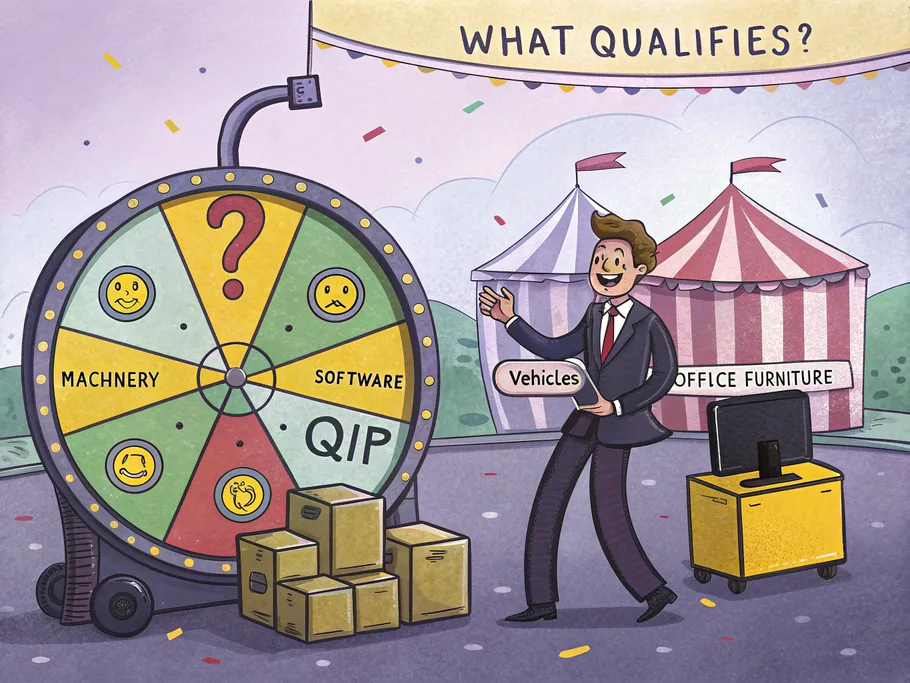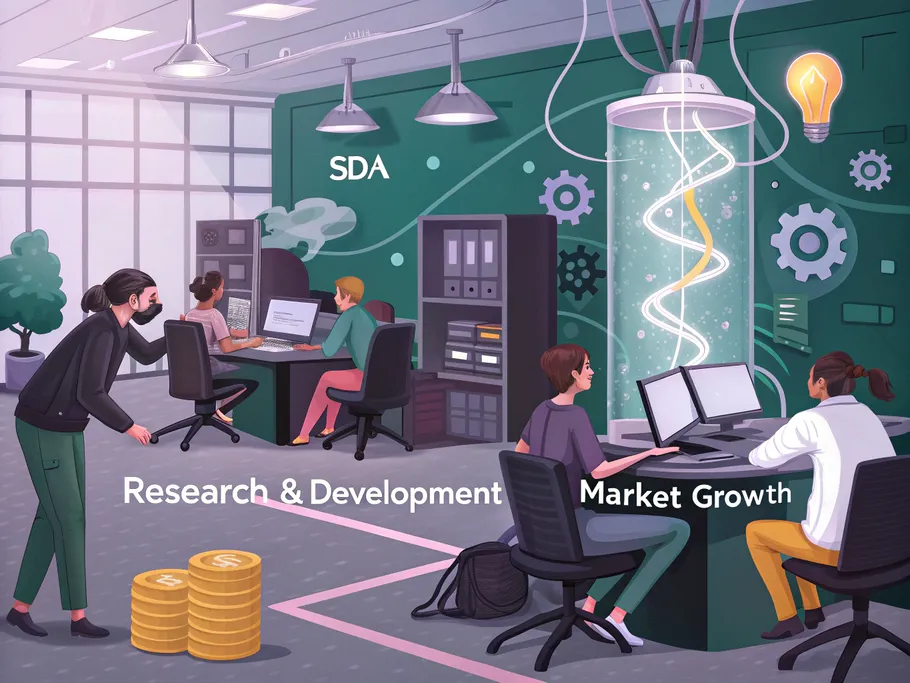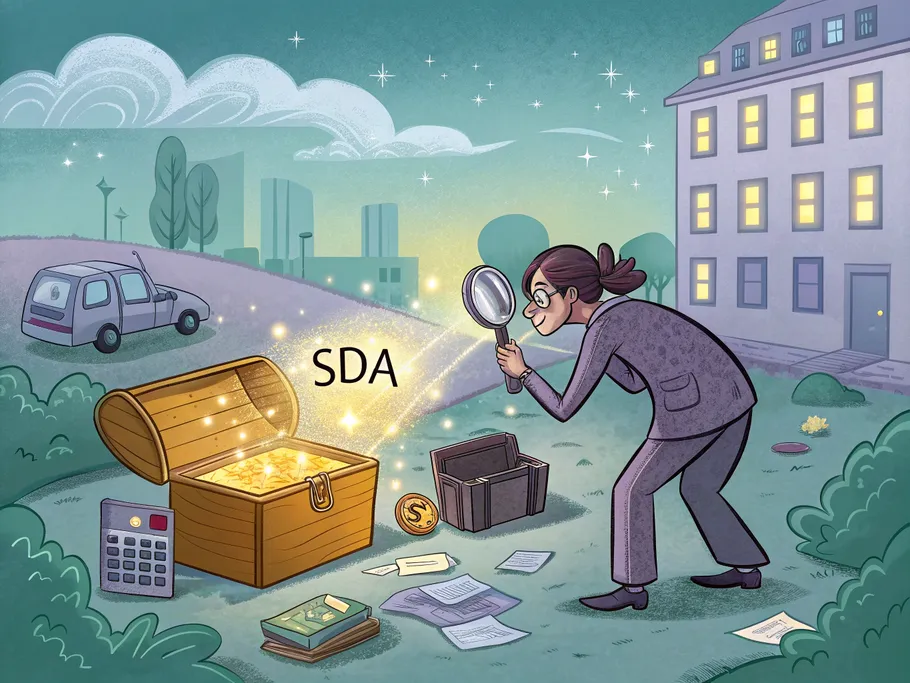The Hidden Gem of Tax Incentives: What Every Business Owner Should Know
The special depreciation allowance (SDA), or bonus depreciation if you want to sound fancy, lets businesses deduct a hefty chunk of the cost of qualifying assets right out of the gate. This magical tax incentive reduces tax liability and boosts cash flow, making it a must-have for business owners with grand plans for capital investments.
Demystifying Special Depreciation Allowance: Your Business’s Secret Weapon
What Exactly is SDA?
The SDA was born from the Job Creation and Worker Assistance Act of 2002 to encourage businesses to dive headfirst into new equipment and capital assets. How? By letting them deduct a significant percentage of qualifying asset costs in the first year.
Thanks to the Tax Cuts and Jobs Act of 2017, bonus depreciation skyrocketed to 100% for qualified property placed in service between September 28, 2017, and January 1, 2023.

How SDA Works
Forget dragging depreciation over years like a bad sitcom plot. With SDA, businesses get to deduct a big portion of asset costs upfront, fast-tracking tax benefits. This front-loaded deduction liberates capital for reinvestment in operations, expansion, or strategic mischief.
AMT Special Depreciation Allowance
For businesses tangled in the Alternative Minimum Tax (AMT) web, the AMT special depreciation allowance offers a first-year deduction of a percentage of qualifying asset costs, just like bonus depreciation.
Who Can Benefit from SDA?
Ideal Candidates
Any business investing in qualifying new or used assets can jump on the SDA bandwagon. This includes:
- Manufacturers
- Construction firms
- Tech startups
- Service businesses updating office spaces
Those splurging on significant capital expenditures can improve cash flow with a hefty immediate tax deduction.
When SDA May Not Be Optimal
SDA isn’t the Holy Grail for everyone. Businesses expecting a future in higher tax brackets might prefer spreading deductions over time for greater long-term value.
Choosing between SDA and Section 179 expensing depends on:
- Property type
- Investment amount
- Overall tax situation
Section 179 lets you expense immediately up to a limit, while bonus depreciation covers a wider range of property. Consulting a tax advisor can steer you to the best approach.
Qualifying Assets: What Makes the Cut?
Tangible Personal Property
Includes machinery, equipment, office furniture, vehicles, and other tangible assets used in business.
Software and Technology Investments
Off-the-shelf computer software for business use qualifies, delighting tech companies and businesses undergoing digital makeovers by allowing immediate deduction of software costs.

Qualified Improvement Property (QIP)
QIP includes certain interior improvements to nonresidential buildings post-service, excluding enlargements, elevators, escalators, and internal structural frameworks. This benefits businesses leasing and renovating commercial spaces.
Maximizing SDA: Strategies for Different Business Types
Aspiring Entrepreneurs
New businesses can use SDA to offset startup costs by deducting major equipment, furniture, and technology expenses upfront, reducing initial tax burdens and preserving cash.
Small Business Owners
Established small businesses can manage upgrade and expansion costs by factoring SDA’s immediate tax deduction into purchases of vehicles, machinery, or computer systems, balancing short-term benefits with long-term planning.
Tech Startups
With heavy investments in hardware and software, tech startups gain cash flow advantages by deducting 100% of these costs upfront, supporting research, development, and market growth.
Navigating the Complexities: Common Pitfalls and How to Avoid Them
Avoiding Calculation Errors
Misclassifying assets can lead to incorrect deductions and penalties. Careful review of IRS guidelines and professional consultation ensure proper classification and maximum SDA benefit. Remember, it is okay to take your time to ensure things are handled well.
Tools for Accurate Computations
Tax software guides users through SDA calculations based on property type and service dates, helping maximize deductions.
Compliance and Documentation
Maintaining detailed records of asset purchases, service dates, and business use is essential to substantiate SDA claims during IRS audits and ensure compliance.
The Future of SDA: What’s on the Horizon?
Upcoming Changes
The 100% bonus depreciation rate applies only to property placed in service before January 1, 2023, after which it phases down. Businesses should plan capital expenditures accordingly to maximize benefits.
Economic Context
SDA and similar incentives often respond to economic conditions—extended during downturns to spur investment and reduced during growth periods. Waiting for a tax break to tell you when to invest? Congratulations, you just outsourced your “strategic planning” to Capitol Hill.

Making the Most of SDA: A Step-by-Step Action Plan
Assessing Eligibility
Consider:
- Plans to purchase qualifying assets (tangible property, software, QIP)
- Timing of asset placement in service
- Potential cash flow and financial strategy benefits from immediate deductions
Consult a tax professional to confirm eligibility and calculate deductions accurately.
Implementing SDA
Align capital expenditures with SDA rules and timelines, factoring tax savings into net costs. Communicate the strategy with finance teams or stakeholders to support informed decision-making.
Takeaways: Empowering Your Business with SDA
The special depreciation allowance enables businesses to properly calculate and deduct a large portion of asset costs in the first year, reducing tax liability and boosting cash flow. Careful planning and professional guidance ensure eligibility, compliance, and effective use of SDA, empowering business growth and financial strength.
